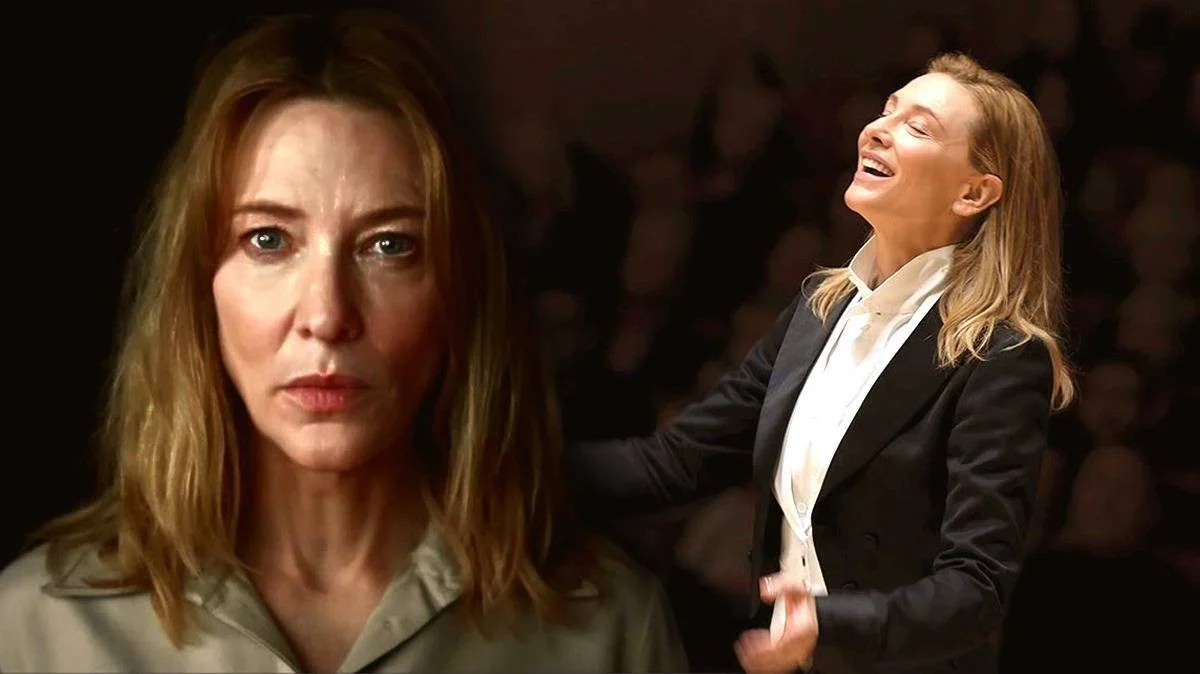The Myth of the Actressexual
Originally published on November 1, 2022 in the Columbia Missourian.
One of my oldest memories is Julia Roberts winning the Oscar for Best Actress for Erin Brockovich. The details still linger with me: her signature smile, her Valentino dress, how she beamed with her arms outstretched and Oscar in hand. “I love it up here,” she cackled. At six-years-old, it would be years before I gained an understanding of the cultural cachet Julia Roberts occupied. Though at that moment, it didn’t matter. Something about the public glorification of this 90’s screen darling tapped into a part of my childhood psyche.
“Wow,” I thought to myself, “good for her.”
The feelings associated with this memory turned out to exist outside of a vacuum. As film morphed from a passing interest into a daily fixation, I learned of the fervor cinephiles have for the leading lady. Coming of age with the internet meant bearing witness as various camps emerged on film forums, blogs, and Tumblrs, all decrying their undying love for iconic actresses old and new. We see this same energy now on platforms like TikTok and Instagram. Look to all the Gen Z love for Florence Pugh and Zendaya as recent examples. There is a powerful love and intense devotion the moviegoing public has for the captivating woman on screen. Film writer and The Film Experience founder Nathaniel Rogers even coined a term for this brand of film fanatic - the Actressexual.
The Best Actress Oscar race by extension yields a zeal like no other. But despite the wealth of talent found among the nominees, the category highlights a distressing film industry trend.
Actress-oriented films typically receive minimal audience and critical attention outside of the central performance. Films nominated in the Best Actress category are often shut out of nearly every other major category. This may feel innocuous - especially for those who rightfully dismiss Oscar sensibilities - but the insidious truth is that these omissions often impact broader industry decisions. The films showcasing these actresses seldom elicit acclaim proportional to the central performance. Frankly, the actresses adored by the culture deserve films which match their talent.
That said, a glimmer of hope flickers on the horizon as the 2022 Awards Season kicks off.
Tár is an upcoming film starring Actressexual favorite Cate Blanchett. Directed by Todd Field (In the Bedroom, Little Children), Tár experienced a successful festival run and will be coming to Columbia’s own Ragtag Cinema on October 28th. What distinguishes Tár from traditional Best Actress fodder is simple: it is a masterful piece of filmmaking. Contrary to trends of female driven films, Tár’s craft extends beyond the brilliance of Blanchett. In the film, Blanchett plays Lydia Tár - a famed composer on the precipice of a great career breakthrough. Blanchett’s performance anchors Tár while the visuals, score, direction, writing, and supporting performances all work together in absolute harmony. Ultimately, Tár presents a palpable shift in films geared for Best Actress Oscar success. While the success of one film does not ensure overnight industry reform, it’s a notable step in the right direction. Success of this caliber helps usher in reform.
Like many film fans, my relationship with the Oscars is a complicated one. Against my better judgment, I hold on to the feelings I had at age six when I saw Julia Roberts with her Oscar. To a child, this is a shiny, happy moment for a shiny, happy lady. Unlike before, I see the politics and the money which pollute the Academy’s metric of (e)quality. More often than not, they get it wrong. Moreover, the Best Actress category historically shuts out LGBTQ+ performers and women of color. Upon winning Best Actress in 2002 for Monster’s Ball, Halle Berry famously wept and announced that a door had been opened. She is still the only woman of color to win Best Actress.
Filmmakers face radical changes in 2022. Between pandemic recovery, streaming competition, and a turbulent political climate, creatives have their work cut out for them. Nonetheless, Actressexual devotion has yet to waiver. Combatting industry ills starts with supporting films like Tár which respect the actress enough to give her a film which properly honors her talent. As an adult, it is not simply a smile nor a dress nor an exclamation of gratitude which fills me with awe. It is the collective joy and respect filmmakers and audiences extend to the actresses we love which leaves me in awe. “Wow,” I think to myself, “good for her.”
